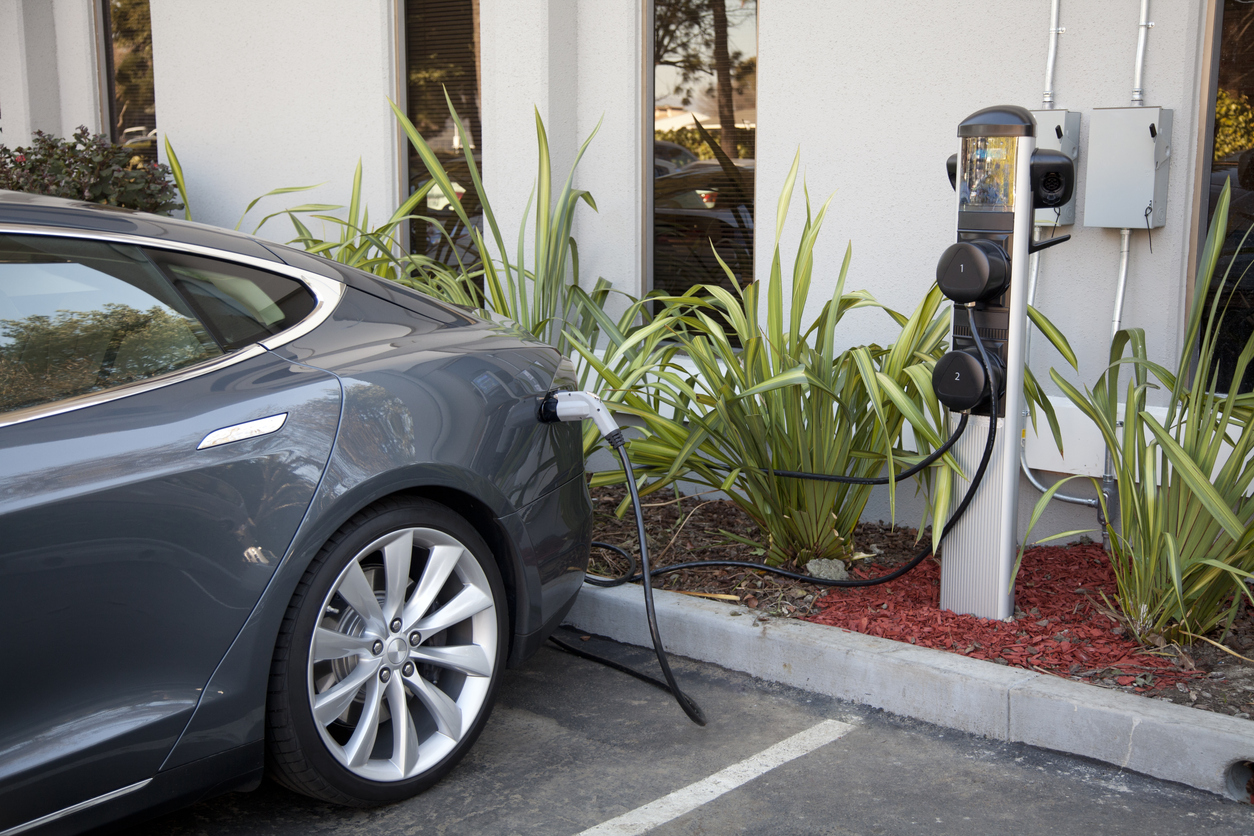This opinion piece was originally published in the Toronto Star.
Electric vehicles are unambiguous “safe bets” on the drive toward net zero, but Canada’s vehicle fleet won’t electrify on its own. Achieving Canada’s climate goals will require policy to level the playing field and transform Canada’s transportation sector.
This transformation will benefit Canadian drivers in the most tangible of ways. Recent surveys have shown that nearly half of Canadians plan on buying an electric vehicle as their next car. That’s not because drivers are wild-eyed, altruistic, environmentalists. It’s because they recognize that EVs will free them from high gas prices.
A zero emissions vehicle (ZEV) mandate is a key policy plank to create a sustained, steady transition for Canada’s vehicle fleet toward net zero. ZEV mandates are not always popular with vehicle manufacturers. They are, however, good policy — both for achieving Canada’s emissions targets and protecting Canadians’ pocketbooks.
The principle is simple: vehicle manufacturers must sell a minimum share of zero emissions vehicles. That share will increase over time, creating stronger incentives for manufacturers to sell more zero-emissions vehicles and fewer internal combustion vehicles. An increasingly stringent ZEV mandate would allow Canada to achieve its goal of 60 per cent sale of light duty vehicles being zero emissions by 2030.
One of the biggest reasons for growing EV demand is the fact that EVs can save Canadians money. The costs of batteries continues to decline as manufacturers get better at making better EVs with longer range. And as gasoline prices skyrocket, the lower operating costs of electric vehicles and the much less volatile prices of electricity look increasingly appealing.
But Canadians can only realize those savings if there are EVs available for purchase. In some cases, waiting lists are three years long. Demand is outstripping supply. That’s partly a function of supply chain issues, but it also shows that vehicle sellers have badly misread the market, producing too many planet-harming gas guzzlers and too few EVs.
This is where ZEV mandates come in. Data from the International Council of Clean Transportation shows that jurisdictions with ZEV mandates have both deeper penetration of EV market share and more EV models available. The top five cities for ZEV penetration in the United States are all in California, home of the United States first ZEV mandate since 1990. British Columbia and Quebec have had ZEV mandates since 2019 and 2016 respectively, and lead Canada in ZEV sales.
ZEV mandates will also make EVs more affordable. To comply with the mandate and sell more EVs, vehicle sellers must lower the price of EVs or pay large penalties for each gasoline vehicle sold in excess of their mandated target. They would do so by increasing markups on expensive internal combustion vehicles, cross-subsidizing EVs. Dealers selling only ZEV vehicles — such as Tesla — will exceed their ZEV target, earning valuable credits to sell to less ambitious sellers.
A ZEV mandate has benefits for automotive manufacturers, too, because it will make the transition easier and more predictable. If the mandate has strong penalties to ensure full compliance, then manufacturers can be confident there will be demand as they rapidly shift production to EVs. Instead of worrying if the current high oil price will collapse, and with it the demand for EVs, they can be confident that EV sales will keep climbing on a trajectory that at least matches the ZEV mandated sales in 2025, 2030 and 2035.
All of this adds up to net benefits. Overall, the California Air Resources Board estimates its ZEV mandate generates net savings of $49 billion for the policy over its lifetime. They estimated buyers of a 2026 EV would save $3,200 over 10 years; buyers of a 2035 EV would save $7,600 over 10 years.
ZEV mandates will work to drive the shift away from gas-powered vehicles, while protecting affordability for Canadians. Government policy on EVs don’t need to reinvent the wheel.








